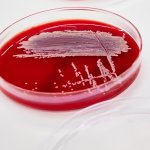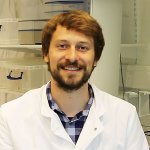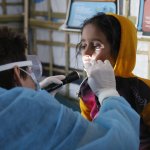
Article • Mending medication mismanagement
Antibiotic resistance: Gaining back lost ground
For many years, antibiotic consumption in France was at an alarming level, resulting in a worryingly constant increase in antibiotic resistance However, a newly-enforced strict national plan appears to be having effect.


























